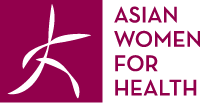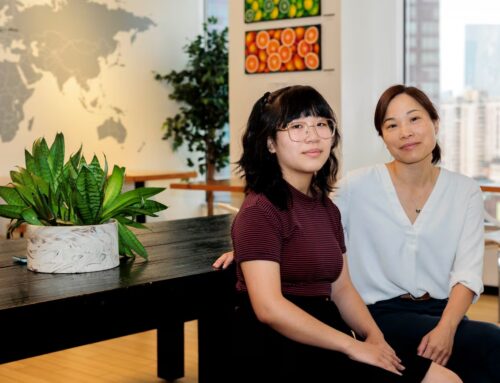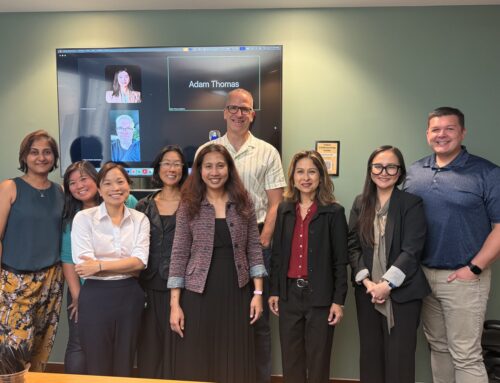Did you know that the State of the Period 2023 survey revealed that nearly 1 in 4 students have struggled to afford period products in the U.S., with 44% of teens reporting stress and embarrassment due to a lack of access to period products?
Period Poverty, a community health issue that has been often overlooked and neglected throughout the world. According to the American Medical Women’s Association, period poverty is defined as the lack of accessibility or affordability of menstrual hygiene tools and educational materials. Period Poverty can take different forms and has emotional, physical, and mental tolls on individuals who menstruate. It is essential for everyone openly discuss this pertinent issue to reduce period stigma, and increase access to period products for all people who menstruate.
Effects of COVID-19 on Menstrual Health
Throughout the COVID-19 pandemic, period poverty became a widespread health issue as economic strains and home quarantine limited individuals to access to menstrual products. Amid widespread job losses, reduced working hours, and home quarantine, many women and AAPI individuals found themselves struggling to afford basic necessities such as menstrual products.
- Financial Burdens: As households tightened their budgets to accommodate essential expenses such as food, rent, and medical bills, menstrual hygiene products were often relegated to the bottom of the list. According to a 2021 study by U by Kotex, period supplies has grown to become less affordable over the past fire years with a 35% increase in people struggling to afford period products. Due to the loss of cotton crops and drought, the New York Times reported that the pice of tampons has risen 13% over a year in 2022.
- Lack of community support: During the pandemic, many individuals felt isolated and lonely when trying to seek support in menstrual hygiene education as schools and community support groups were closed due to lockdown. Studies also found that individuals had difficulty expressing their feelings around periods, especially with their parents, leaving them feeling further isolated.
- Impact on Mental Health and Well-being: A study highlighted the mental health implications of period poverty among college-aged women in the United States. The study found that 14.2% of women had experienced period poverty in the past year, and this experience was associated with moderate or severe depression. The lack of access to menstrual products, coupled with heightened economic uncertainty and social isolation, contributed to worsened mental health outcomes among menstruating individuals.
Stigmas & Barriers of Menstrual Health in the AAPI Community.
Period poverty, a global issue affecting millions, has been exacerbated by the COVID-19 pandemic. Within the AAPI communities, this challenge is not only about access to menstrual products but also combating deep-rooted stigmas surrounding menstrual health. Despite that half of the world’s female population experience menstruation each month, talking about menstruation and menstrual health is still stigmatized within various communities.
- Shame & Cultural Taboos: Shame often prevents people from discussing menstrual health issues such as access to pads, how to use certain menstrual products, and even ingredients used in products. In many AAPI households, discussions about menstruation are considered taboo, preventing open dialogue and education about menstrual hygiene. Consequently, individuals may feel ashamed to seek help or support, exacerbating their vulnerability to period poverty.
- Gaps in education: Limited access to comprehensive menstrual health education perpetuates misconceptions and myths about menstruation within the AAPI community. Many individuals grow up with inadequate knowledge about menstrual hygiene, leading to unhygienic practices and increased vulnerability to health risks. Language barriers further exacerbate the issue, making it difficult for non-English-speaking individuals to access culturally appropriate information about menstrual health.
- Lack of research: Despite that Asian Americans are one of the fastest growing minority groups in the United States, our community are often overlooked by researchers in areas including issues related to sex, STIs, and menstrual health.
It is imperative to center the voices and experiences of AAPI individuals in conversations about menstrual health and period poverty. By elevating diverse perspectives and experiences, we can develop more inclusive and culturally relevant solutions that address the specific needs of AAPI communities. Given the lack of specific studies on AANHPI women and girls, it’s crucial to recognize the broader implications of period poverty and the need for targeted research and interventions that address the unique challenges faced by different communities, including AANHPI populations. The importance of providing access to affordable menstrual products, education around menstrual health, and support systems can result in great positive impacts within our communities!
Sources:
1. Period The Menstrual Movement: Period Poverty
2. Period poverty and mental health of menstruators during COVID-19 pandemic
3. Editorial: Period Poverty
4. Harvard Public Health: “Inside the movement tackling period poverty in the U.S.




